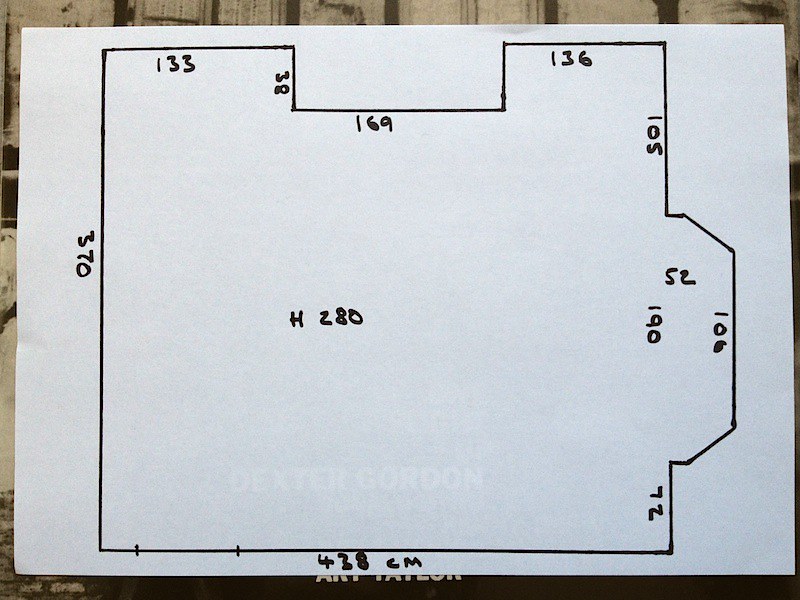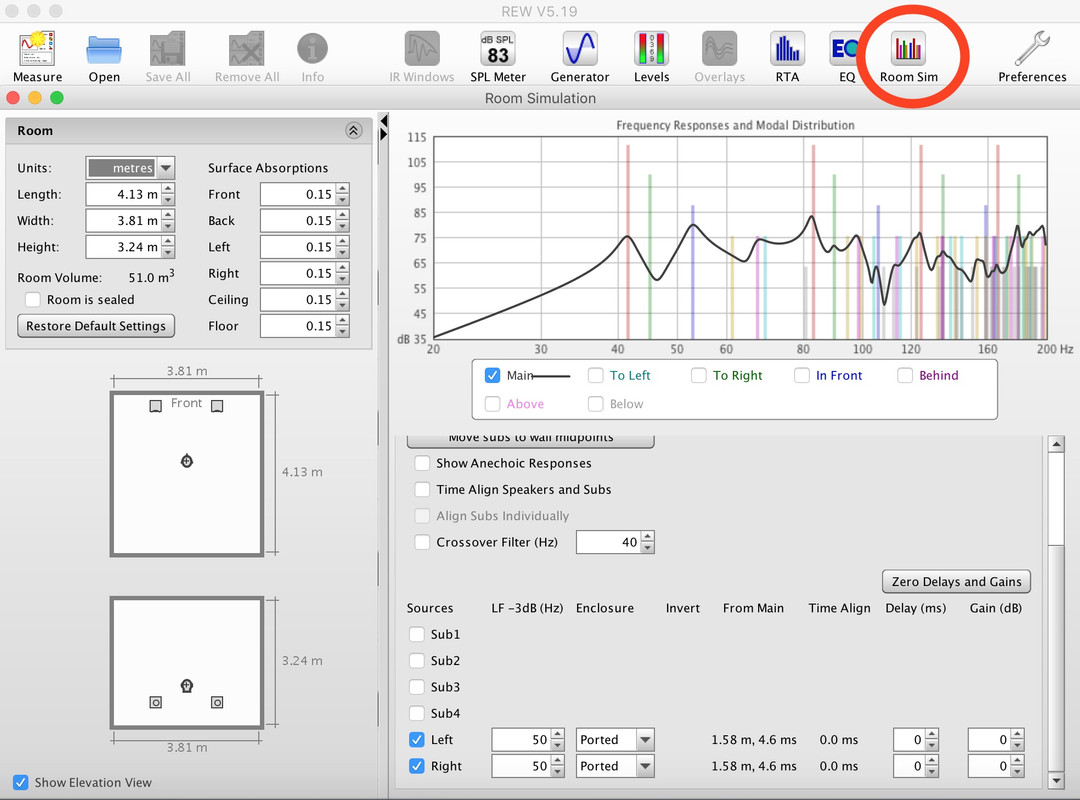I own a pair of Stirling LS3/5a's on Solid Steel SS7s that I use as rears that sit about 2m from my ears - they sound fine for that function. They are augmenting a pair of Quad ESL 2912s.
I know their origins as outside broadcast near field monitors. I've seen posts of LS3/5a's in reasonable sized rooms used as regular stereo speakers but don't look that close to the listening position. I've tried various configurations but never got on with the sound I'm hearing.
Is there a recommended or user experienced distance that the LS3/5a types will sound best from the listener?
I know their origins as outside broadcast near field monitors. I've seen posts of LS3/5a's in reasonable sized rooms used as regular stereo speakers but don't look that close to the listening position. I've tried various configurations but never got on with the sound I'm hearing.
Is there a recommended or user experienced distance that the LS3/5a types will sound best from the listener?



